I gave a very basic thinking question, but it involved some very basic concepts. The knowledge involved in the question is very basic (secondary undergraduate), but unfortunately no one has analyzed it in depth. Here, give a detailed analysis and introduce another example.
First quote the thinking post:
Http://bbs.21ic.com/icview-1623966-1-1.html above the picture first:
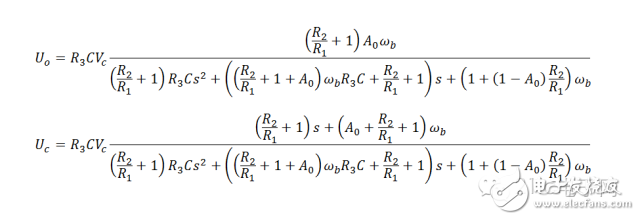
At this point, it can be said that the "solution" has been obtained. However, for further analysis, you have to look at the characteristic roots (poles) of the system. See the following formula:



In this case, if the "red word" is ignored, the result is zero, which is obviously not correct. In fact, here is infinity minus infinity, infinitive! Change the gameplay:
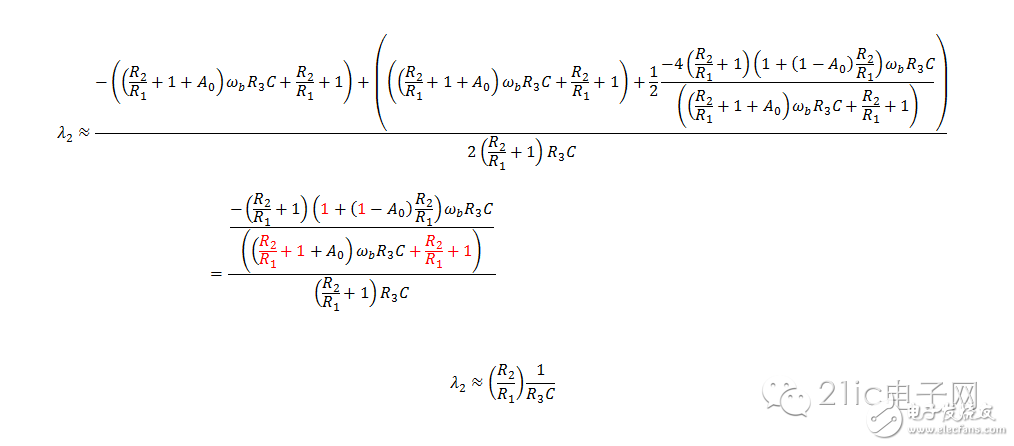
This time it worked! After such a limit approximation, two feature roots (poles) are obtained:
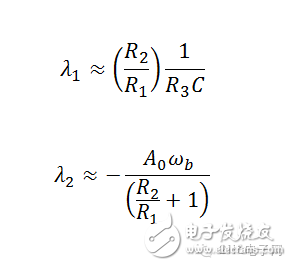
Note that the above is limited , while the one below tends to be negative infinity . Now, it is necessary to determine the specific form of the movement trajectory. First give a partial fractional decomposition, see the following formula:
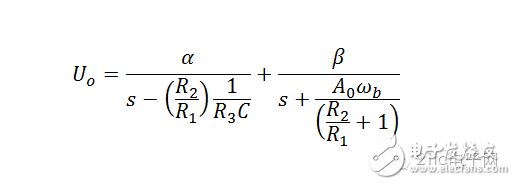
Compare the previous formulas, have the following equations, and solve them:
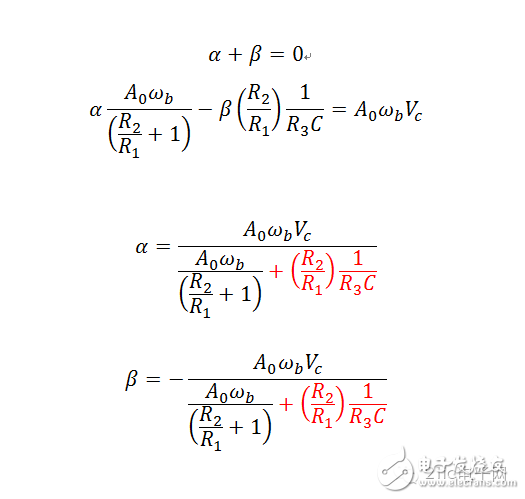
Notice the extreme approximation, which has the following formula:
 At this point, we get the expression we need:
At this point, we get the expression we need: 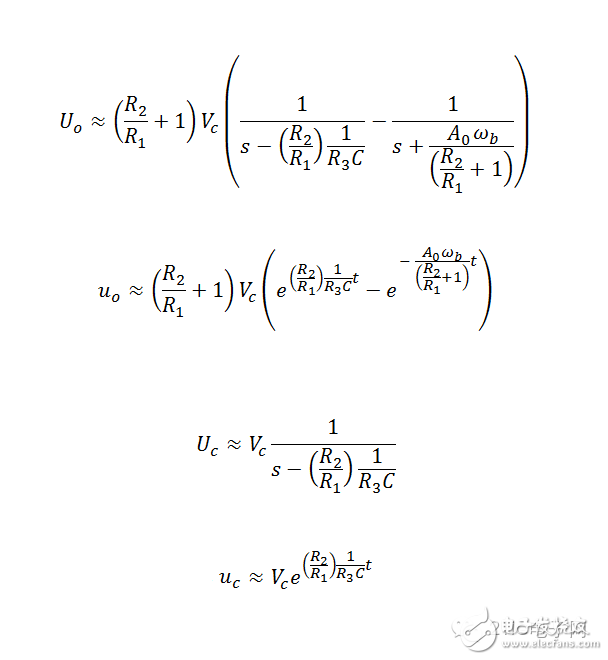
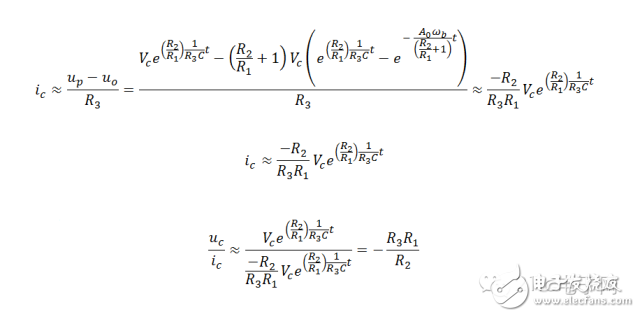
Above, the parameter (t) equation is given, and a direct relationship is given below:

Ok, let's take a look at the trajectory map: Figure 1
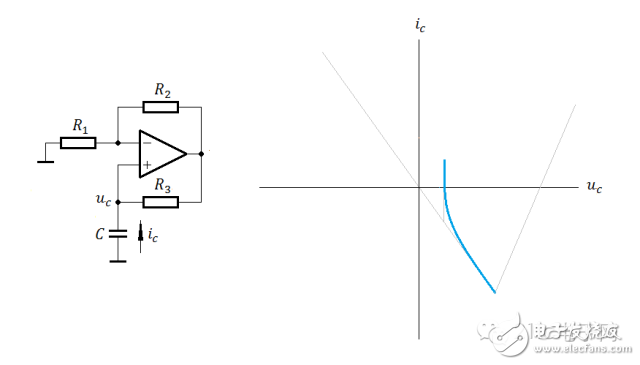
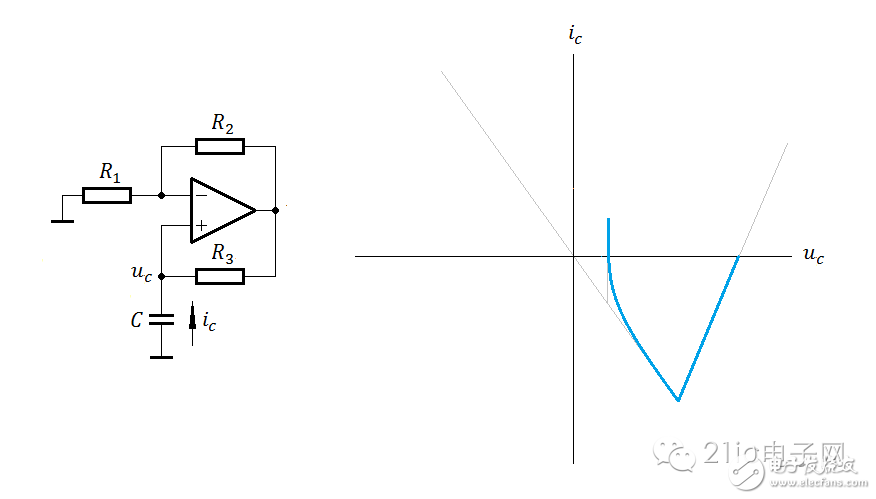
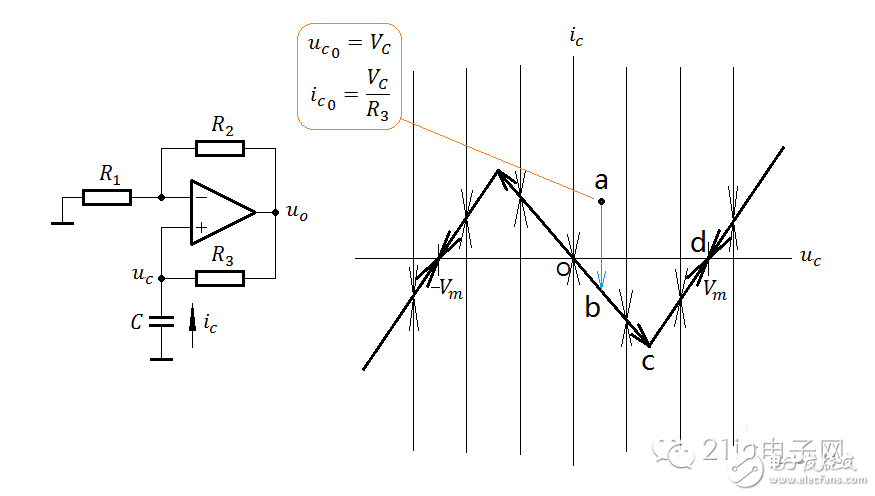
This figure gives the direction of state transition and is a very comprehensive and intuitive trajectory map. You can set an initial point arbitrarily and draw a motion track. Add a few formulas to illustrate the specifics of the limiter section:

For this example, explain a few points: 1) This example visually shows the "negative resistance", that is, the negative resistance trajectory under stable conditions. 2) This example starts from any non-zero initial point and will move to one of the two state endpoints, making it impossible to oscillate. 3) The negative resistance line (steady state) seems to have some kind of "gravitational force", which can instantaneously attract the state point that was not above it to the negative resistance line, provided that the operational amplifier is not limited. Below, for another example, see the picture:


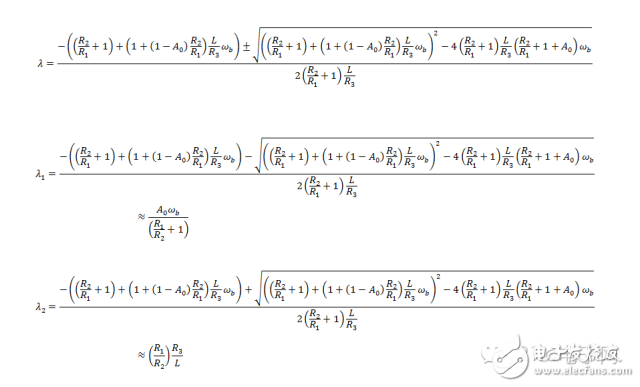
Pay attention to the characteristic root that tends to be infinite ! Correspondingly, give a few expressions:
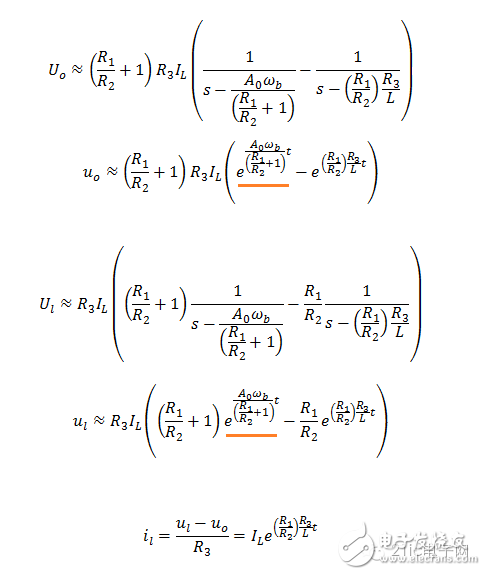
Note the index item of the red line . Give a trajectory map about the second case:
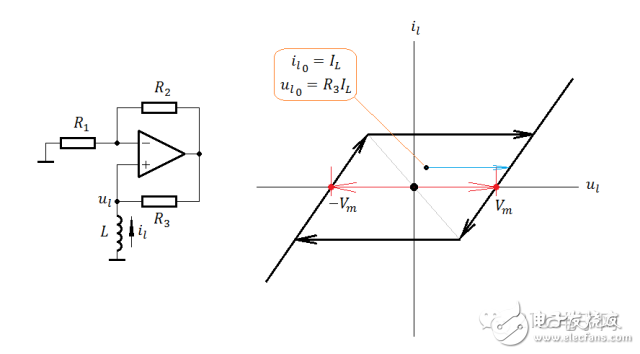
As can be seen from the figure, the op amp input voltage will be higher than the limit voltage. Similar to the first example, for this example, explain a few points: 1) This example shows that if it is not stable, there is no "negative resistance" at all, because the negative resistance trace does not exist. 2) In this example, starting from any non-zero initial point, the lateral moment is instantaneously moved to one of the left and right limiter trajectory lines, and then cyclically moved along the trajectory line direction (ie, can oscillate). 3) The original "negative resistance line" becomes the line formed by the unsteady balance point, and the state point above it (statistically, the probability is zero) will also move away from the line to the left or right under the disturbance. Given the intention of this post (including that question), let's take a look at the importance of "circuitry" (circuit analysis, circuit theory or circuit foundation) as a basis. Although nonlinear systems are involved here, linear analysis in circuit theory has its role as the simplest piecewise linearization analysis. Of course, when it is impossible to linearize, you must use pure nonlinear analysis, which is a completely different field. However, if the most basic linear analysis is not, it will talk about nonlinear analysis. To be sure, it must be a flicker! Therefore, it is recommended that students or beginners should earnestly learn the Circuit. Without that foundation, there could be no development in the follow-up. Of course, change to another. Finally, the form of "exact solution" has already been given before. The first example:

The second example:

Feedback is a dynamic process, and dynamic models are at least first order. The dynamic characteristics of the system may be hidden under certain conditions, such as low frequency response under negative feedback, but not absent.
Telecom T Series Lead Acid Battery
Custom Lead Acid Battery,Telecom T Series Lead Acid Battery,2V 300Ah Battery,Valve Regulated Sealed Battery
Wolong Electric Group Zhejiang Dengta Power Source Co.,Ltd , https://www.wldtbattery.com